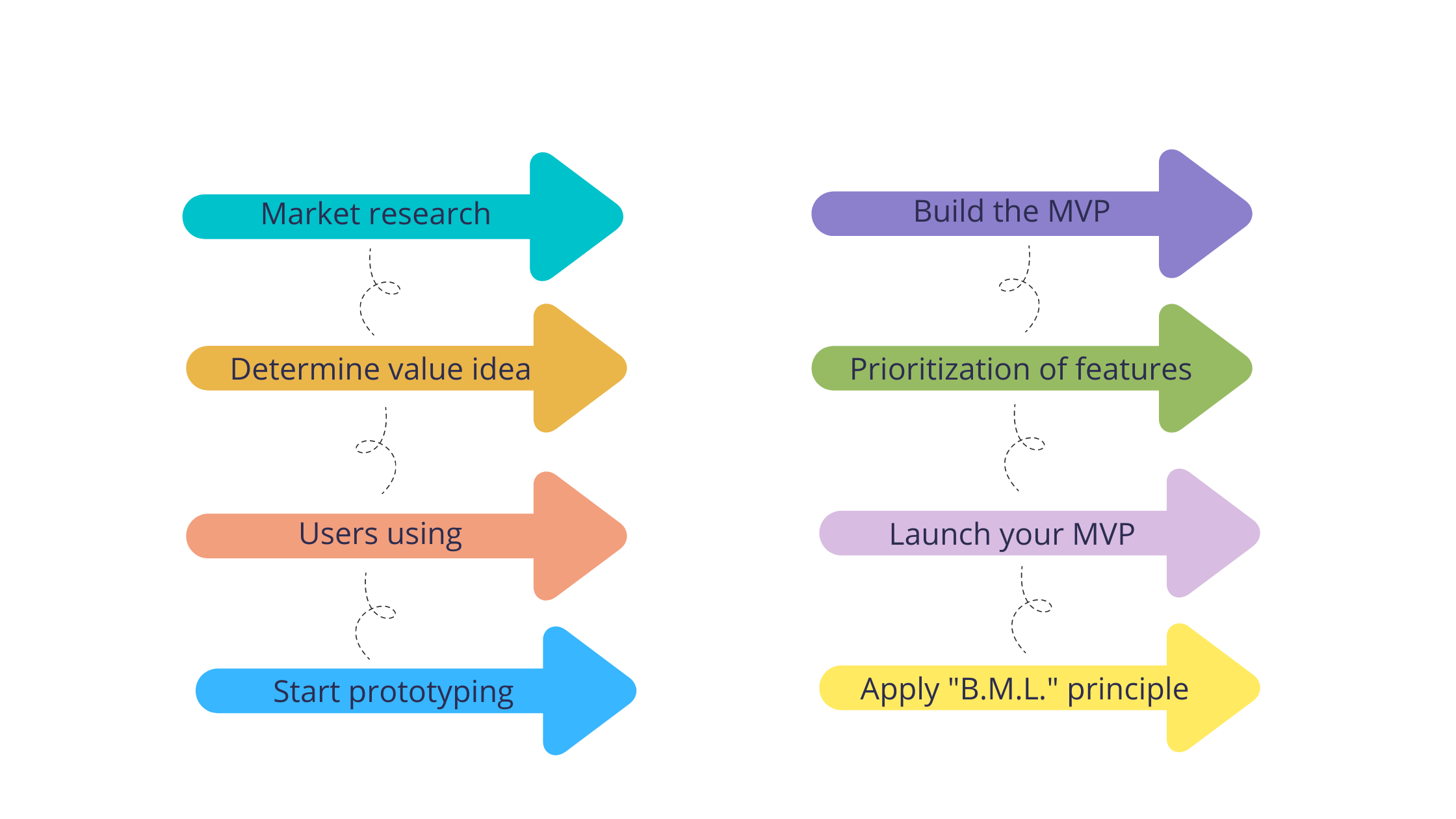
How to build a minimum viable product for your startup
Most of the products that don't turn out to be a success on the market started as great ideas initiated by passionate founders. When one comes up with an idea, one always assume the market looks at it the same way they do.
However, unfortunately, people only pay for products/services that solve a problem they care about on a daily basis. So, if your great idea doesn't solve any of these problems, they won’t be likely to pay for the product/service you are creating.
So, how does one know whether the market is willing to pay for their product? A couple of decades ago, the first step while starting any business was getting business analysts on board to do a market survey to determine the viability of your product on the market.
The problem with entirely relying on market survey information to build a product is that people don’t usually have a clear idea of whether they need a product before they practically use it.
This particular problem is what led to the concept of building a minimum viable product (MVP).
In this article, we will share everything you need to know about a minimum viable product and explain how to build one step-by-step. Let's get to it.
What does MVP mean

A Minimum Viable Product (MVP) refers to the version of the product with just enough features for customers to use the product and provide feedback about it.
The concept of building an MVP was first introduced in 2001 by Frank Robinson, co-founder, and president of SyncDev.
Yes, even before 2001, people built minimum viable products, but Robinson is the man who introduced and popularized this concept.
For instance, when Steve Jobs and Wozniack got the idea of building a personal computer, they made the Apple 1. The Apple 1 can also be considered an MVP that they used to test their idea of whether people would pay for personal computers. They were able to sell about 175 Apple 1 computers, which was enough for them to get feedback on what to improve.
The feedback they got is what they used to build the Apple 2, and the rest of it is history. Another popular example of an MVP is how Zappos was born. In 1999, Nick Swinmurn started Zappos after being frustrated when he tried to get the shoes he wanted at a popular mall in his neighborhood.
Instead of conducting market research and asking people whether they would buy shoes online, he created a simple website, took photos of shoes from small-scale retailers, and posted them on the site.
When he got orders, he simply bought the shoes from these small-scale shoe stores and delivered them to the buyer. Zappos was later bought by Amazon in 2009 at $1.2 Billion. So, Zappos was a typical MVP that didn't require a lot of resources to build.
Other popular platforms that were built using the concept of an MVP include; Spotify, Uber, Instagram, and Facebook. All these platforms started with the least possible features that the market could use and be able to provide feedback.
Features of an MVP
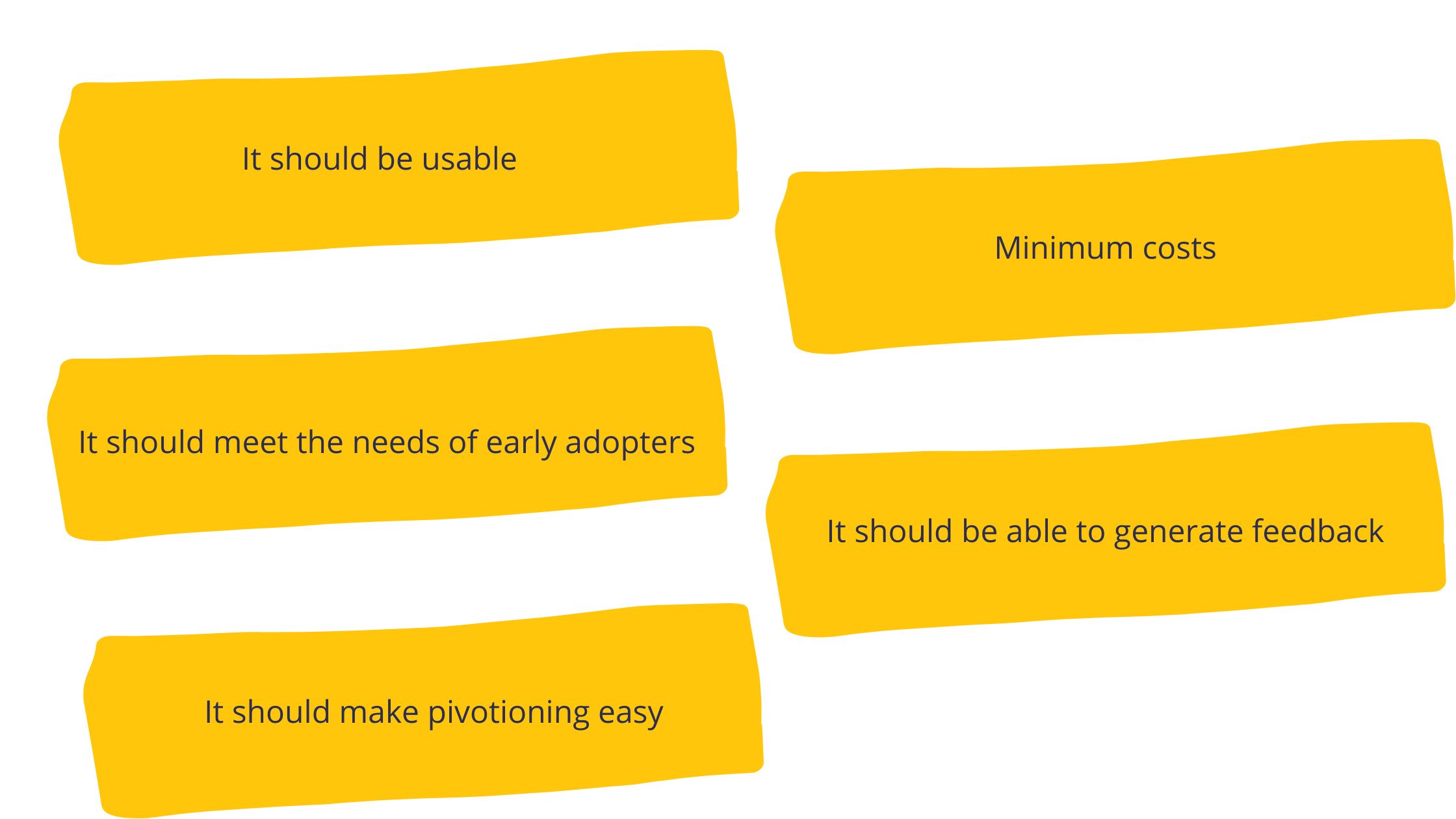
It should be usable
While building an MVP, you need to make sure the early adopters that will buy the product first can use it. It is only a usable product if your target buyers can use it and provide feedback about what to improve. For instance, if you are building an instant messaging app, it should have basic features like sending and receiving a message.
Minimum costs
An MVP should not be very expensive to build because it is an idea that is still under testing. So, while creating an MVP make sure you add only the features that are just enough for the people you are targeting to use the product and give you feedback. Doing this will help you minimize costs and the time you would have spent trying to add every feature to the product.
It should meet the needs of early adopters
An early adopter is someone who uses a product before everyone else on the market believes in it. The MVP you build should create some value for the early adopters so that they give you feedback and also look forward to the next version of the product.
It should be able to generate feedback
The most important thing you need after building an MVP is feedback. Your MVP should be able to generate feedback that you will use to build the next version of the product. So, you need to make sure the early adopters are excited about your product so that they give you the feedback you need.
It should make pivoting easy
When you get feedback after building your MVP, you will sometimes have to change some fundamental aspects of your product/service.
So, the MVP you build should make the process of pivoting as simple as possible.
For instance, Instagram was originally called Burbn, which was a mobile check-in app. But when the founders (Systrom and Krieger realized that what they had built resembled Foursquare, they decided to refocus their app on photo-sharing, which became a popular feature amongst the app users.
In this case, pivoting from the initial idea is the reason we have Instagram as it is today.
Why build an MVP?

It tests your business concept.
The main goal of building an MVP is to determine whether the market is willing to pay for the product you are offering them. So, before creating a real complete product, it is always necessary to build an MVP that you can use to test your concept on the real market. After the market has appreciated your solution, you can later scale up and add more features to the product.
To get funding
Investors and venture capitalists do not invest in ideas, they invest in working products they can look at and make assessments to determine whether it is worth their money. So, one of the simplest ways you can get funding for your idea is through building a Minimum Viable Product that potential investors can look at.
To develop a business model.
While building a new product, it is at times challenging to create a business model because most likely you don't know how the users will use your product. With an MVP, you will be able to monitor how the market uses your product and the features of the product they love the most. You can then use this information to build a business model for your product.
It is cost-efficient
One resource that is always limited when starting a business is money. Taking into account the fact that you don’t have enough money, it is always important to put the amount you have to good use. Building an MVP will help you avoid costs that you would have incurred by adding useless features to your product that customers won't even use.
How to build an MVP step by step
Start with market research

It is very hard to get started building anything without having an idea about similar products on the market, how they are used, and how you can improve them. All this information can only be obtained through researching the market and learning about the existing products that are related to the idea you have.
According to the study by CB Insights, the top reason why most startups fail is building products that the market doesn't need. Doing market research can give you an idea of what is already happening on the market. It is also possible that what you are trying to build has already been built before, and this can only be established by doing market research.
Determine how your idea can add value to the market

After doing your research and finding out what is already on the market, the next logical thing to do is to find out how your idea can add value to the market. For instance, if you are building an eCommerce platform, you need to think of a couple of new features that your platform will bring to the market that the already existing ones don't have.
Most of the time when you are building a Startup, there are always already existing competitors that are well-known on the market. To get the attention of your target audience, you need to build a product that has something new to offer.
Determine how the users will use the product and the key features to start with

Before building the product, you need to know how the users will likely use your product. Doing this will help you decide on the features to start with and those you can bring in later after getting feedback. For example, if you are creating something like a voice assistant application, you need to first know how the users use voice assistants so that you get an idea of the features you have to start with.
In a situation where you are building a completely new product, you may have to use your imagination. Most of the time, however, you should be able to find at least one product that has a bit of similarity with what you are trying to build.
Start prototyping

Now that you have the features to get started with, it is time to start building something tangible. You can use digital designing tools to come up with a schematic diagram of your product. These schematics can be used internally by your team to determine the basic operation of your product as well as decide what features should come first when building your MVP.
In some situations, you may have to build several prototypes before you decide on how the final product that you will present as your MVP will work.
Build the MVP

After deciding on the features and the general design of your concept, get started building the real product that your potential customers can physically look at and even use. The idea is to create a usable product in the shortest time possible and with minimum resources available.
So, don't spend too much time trying to fine-tune everything before you put your MVP out there on the market.
However, you need to make sure that all the features that you have added to the MVP are working properly. Hence, internal testing should be done well enough to avoid shipping a product that won’t encourage the first users to give it a second try when you improve it.
Prioritization of features
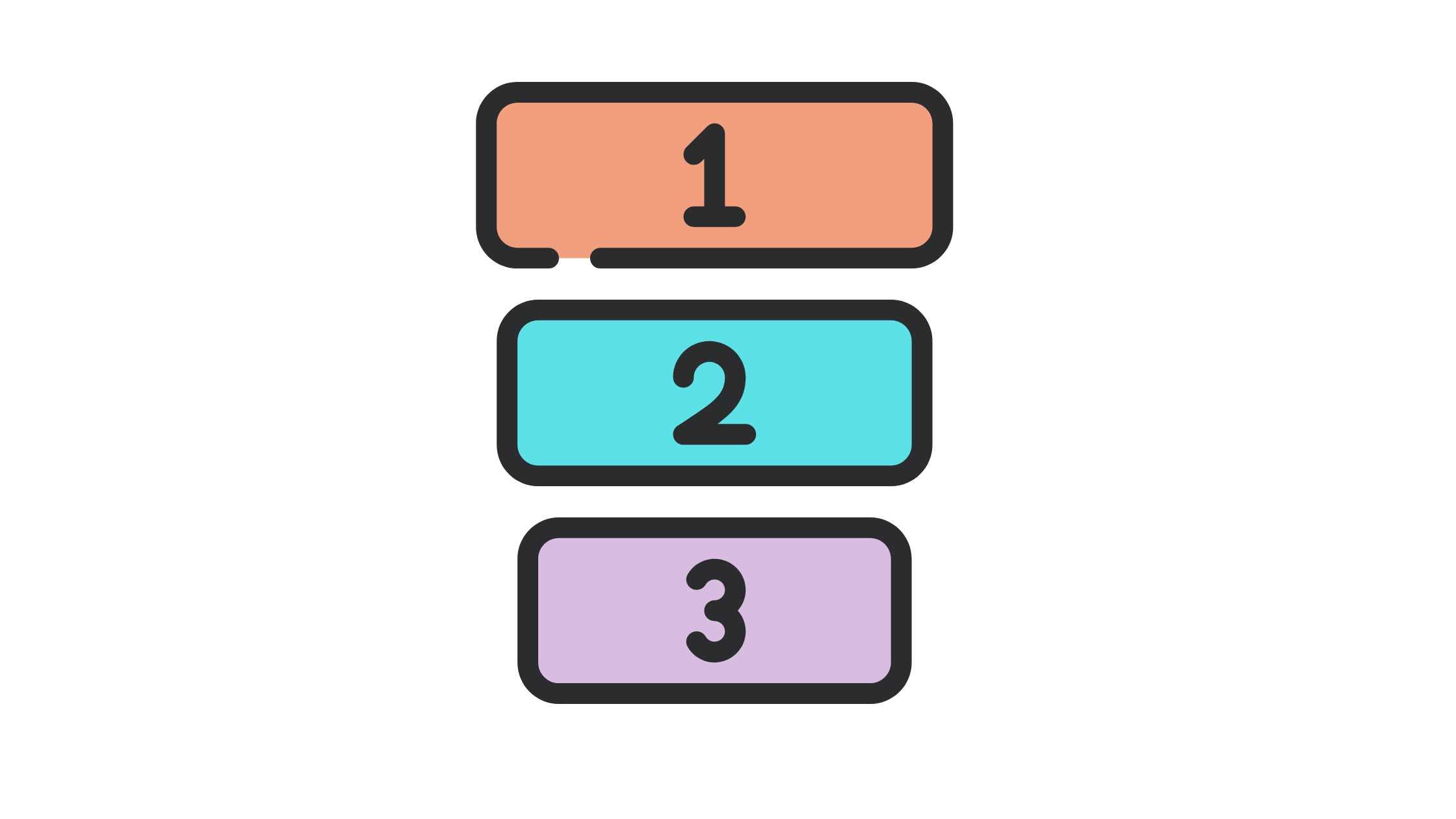
While building an MVP, you need to keep in mind that the goal is to test the feasibility of the product on the market. That is why it is important to add only the crucial features that are just enough for the product to be usable. You can later add more features or remove some previous ones based on the feedback you get from your early adopters.
Launch your MVP

Now that you are done with the building and testing of your product, it is time to launch it onto the market, so that people can use it. Before you do the launch, you need to determine who your early adopters should be, because these are the people that will likely give you feedback.
For instance, if you have created a new tech gadget, it is best to target techy people, because they will likely have an interest in trying to figure out the problem your product is solving.
You should also be open to any kind of feedback because not everyone who will use the product will feel the same way you did while testing it. The most important thing is using the criticism you get from the early adopters positively.
Apply the “B.M.L” principle
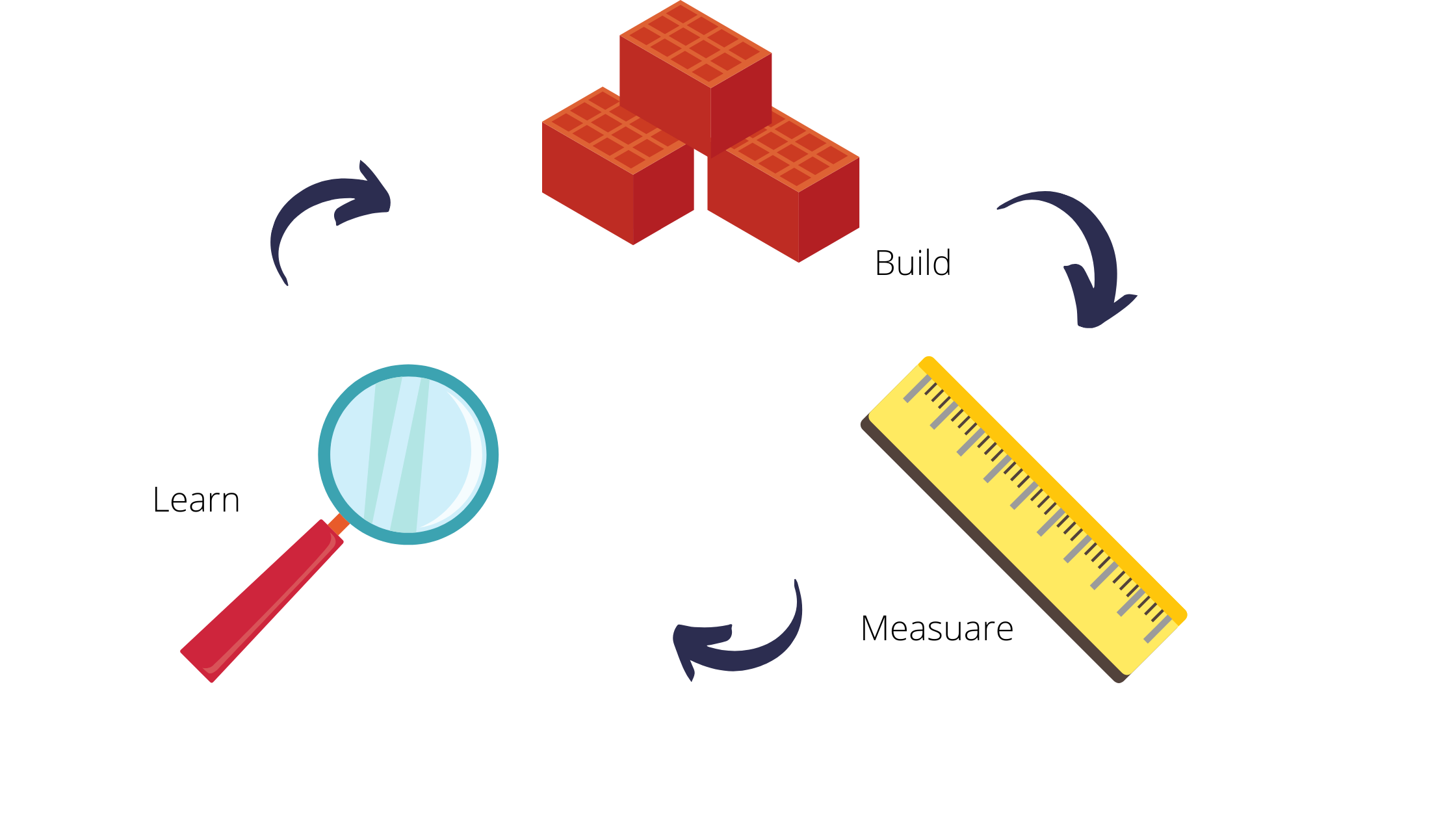
B.M.L stands for Build Measure Learn, and it is a principle that Startups use to improve their MVPs to make them better. Just like it states, you need to Build your MVP as fast as possible so that the early adopters start using it. Your MVP needs to have measurable metrics that you can use to determine the user experience and the overall growth in popularity for your product.
For instance, if you have built a racing game as your MVP, you need to be able to determine the features of the game that most of the users are interested in and those they would barely use.
These metrics should then be used to Learn about the user experience of your product so that you make the relevant improvements during your next building phase.
You will at times be surprised by how different your initial expectations were from the reality and the way the early adopters actually use your product. The most important thing while implementing the B.M.L principle is to be open-minded and turn all the feedback you get from the market into tangible features that you can implement in the next version of your product.
While applying the B.M.L principle you need to know how to use quantitative and qualitative feedback. Qualitative feedback focuses on the user-friendliness of the product, whereas quantitative feedback focuses on numbers like "how many people were able to use a certain feature"? Most of the time, qualitative feedback is received by directly asking the customers to share with you their user experience. This way, they will give their honest feedback about what they think about your product.
Quantitative feedback may at times be automated for some products. For instance, if you build a mobile app, you may add in data analytics capabilities to capture data regarding the number of times certain features are being used, how many people are using them, etc.
Other measurable metrics that you need to consider
Besides the direct metrics like the number of people using your product, there are some other business-related metrics that you need to consider during the process of building and selling your MVP to the target customers. Some of these metrics include:
Customer Acquisition Cost (CAC)

The cost of acquiring customers is crucial because it affects the pricing model for your MVP. The goal is to reduce the CAC as much as you can, to avoid overpricing the MVP as a coverup for the marketing costs. One of the ways you can lower the CAC is by first determining the most effective channels that you can use to reach your target audience. This way, the cost of sending the awareness message to this audience is reduced.
Customer Lifetime Value (CLV)
The customer lifetime value is an estimate of the total amount of money you expect a customer to spend on your product throughout their lifetime. While building your MVP, it is crucial to have an estimate of the CLV. If your MVP is to be successful, the ratio of CLV to CAC should be at least 3:1.
Average Revenue Per User (ARPU)
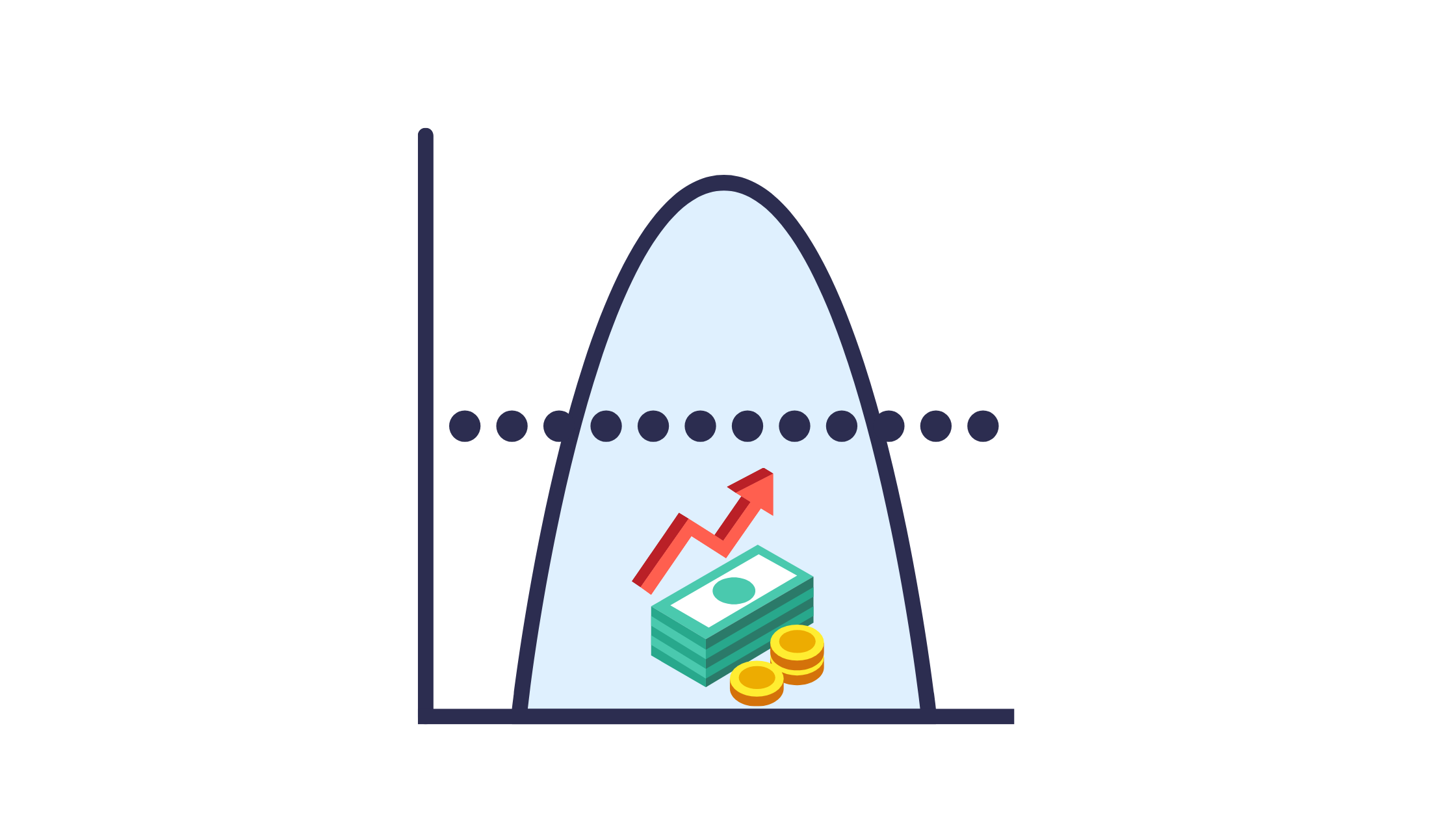
This metric represents the amount of money that every customer pays for the product over a given period of time. While analyzing the performance of your MVP, you need to consider the amount of money that every user pays for your product because this will give an idea of how many users you need to raise a certain amount of revenue.
Net promoter score (NPS)

This metric represents the rating on a scale of 1 to 10 that a customer gives your products when asked if they can recommend it to a friend or family member. NPS is very crucial in helping you determine the relationship your target customers have with your product.
The goal is to have an NPS that is higher than the industry average. However, a low NPS rating should not demotivate, but rather encourage you to improve the product instead.
Final thoughts
Building an MVP is the way to go if you intend to create a new product that the market hasn't seen before. As we stated above, the primary role of an MVP is to get feedback on whether the market is willing to pay for the problem you are trying to solve. The procedure for building an MVP may also vary depending on the type of product you are building.
However, most of the time, the principles used are the same no matter the type of product. For instance, whether you are building a mobile app or a car, you will still have to implement the "Build Measure Learn" principle.
If you have any questions about how to create MVP for your product, click below to get a free consultation!
Related articles

Features and benefits of WebSocket

Top 10 Essential Functional Requirements for Warehouse Management Systems
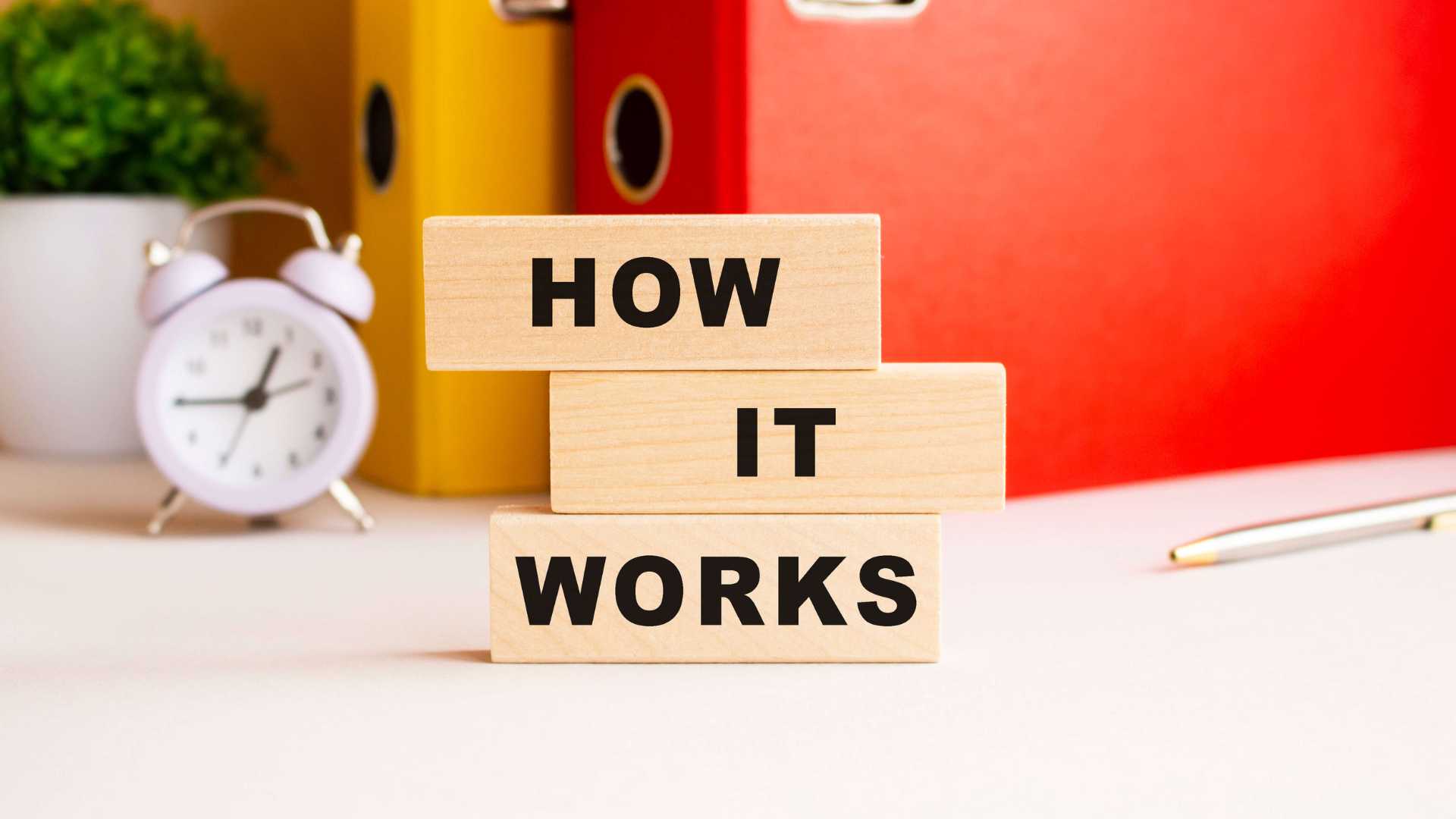
Selenium WebDriver: What It is, How It Works, and If You Need It
- What does MVP mean
- Features of an MVP
- Why build an MVP?
- How to build an MVP step by step
- Other measurable metrics that you need to consider
- Customer Acquisition Cost (CAC)
- Final thoughts

